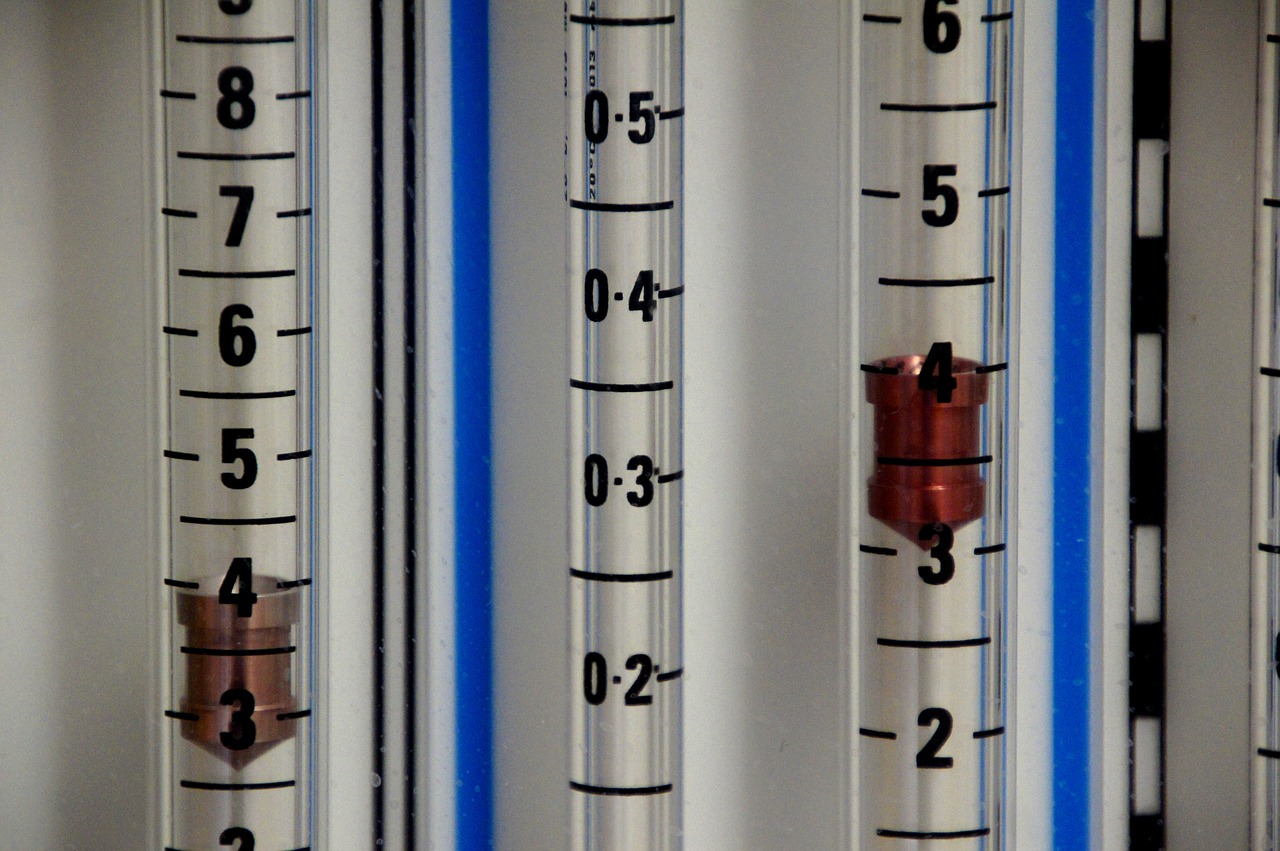
By Federico Bilotta, Alessio Tramontana, Francesco Pugliese (Department of Anaesthesiology, “Umberto I” Policlinic-Hospital, “Sapienza” University of Rome, Italy)
We embraced Resilience engineering (RE) in our Department of Anaesthesiology as a multidisciplinary approach to improve care delivery and patients’ safety and to optimize resources allocation in daily activities and in critical conditions.1 Following recent applications and case studies of RE in a large variety of domains to improve safety and delivered quality of health care, the specific setting of anaesthesia represents a core environment for RE application.2-4
At the “Sapienza” University of Rome, the cooperation between the Departments of Anaesthesiology and Industrial Engineering has yielded several projects over the last 5 years. Some of them already documented in recent literature, while some others are still ongoing:
1.- The design of an analytic framework based on resilience analysis grid (RAG), intended
to assess perioperative organizational resilience according to an analytic hierarchy weighting process (AHP). This framework aims to help in defining the potential of resilience, and to indicate areas of possible improvement; 5
2.- The practical application of this RAG-based analysis was verified by an international survey, consisting of 57 items questionnaire completed by 172 anaesthesiologists from 16 countries. Overall, the questionnaire was proven reliable: respondents provided positive feedback and confirmed the significance of each question in assessing resilience potential.6
3.- An expert review of medical devices that highlighted the way RE can contribute to optimize the relationship between artificial intelligence and human intelligence in medical practice. The proposed approach relies on “simplexity-oriented principle”: the fusion of the required thinking-complexity with maximal action-simplicity. This approach can generate a decision-making process which meets ongoing practices in other high-risk environments, such as aviation and nuclear power plants, where most relevant safety and quality standards rely on organizational adaptation rather than individual contributions.7
4.- A risk analysis developed through the Functional Resonance Analysis Method (FRAM) to understand adaptive capacities in the management of patients throughout the perio-operative pathways. The analysis led to the identification of variability in normal operations and the prioritization of organizational measures to take advantage of it proactively 8.
Among the ongoing projects, two are worth mentioning: the analysis of the predicting value of multiple risk factors interactions for post-operative delirium occurrence 9, and the evaluation of “remote control and delivery” of medical assistance in intensive care units according to the technology readiness level.
All the mentioned projects are undergoing a strict cooperation between industrial engineers and anaesthetists to capture as many details as possible about real work practices and enrich respective risk management strategies. The continuing effort in improving safety and quality in medicine can find in RE principles a valuable support for standardized analyses, immediate decision making and diffusion of best practices. The interdisciplinary cooperation between separate competences necessitate a thoughtful and continuous partnership and confrontation that is the background for a common and shared language which can help in defining the needs and possible solutions that each professional can bring into daily practice.
References:
1.Ranasinghe U, Jefferies M, Davis P, et al. Resilience engineering indicators and safety management: A systematic review. SHW 2020; 11: 127-135.
2. Lipsitz L A. Understanding health care as a complex system: The foundation for unintended consequences. JAMA 2012; 308(3): 243–244.
3. Lingard L, Espin S, Whyte S, et al. Communication failures in the operating
room: an observational classification of recurrent types and effects. Qual Saf Health Care 2004; 13(5): 330‐334.
4. Cuvelier L, Falzon P, Granry JC, Moll MC. Managing unforeseen events in anesthesia: collective trade‐off between “understanding” and “doing”. Work 2012; 41: 1972‐1979.
5. Patriarca R, Di Gravio G, Costantino F, Falegnami A, Bilotta F. An analytic framework to assess organizational resilience. SHW 2018; 9(3): 265-276.
6. Falegnami A, Bilotta F, Pugliese F, Costantino F, Di Gravio G, Tronci M, Patriarca R. A multicountry comparative survey about organizational resilience in anaesthesia. J Eval Clin Pract 2018; 24(6): 1347-1357.
7. Patriarca R, Falegnami A, Bilotta F. Embracing simplexity: The role of artificial intelligence in peri-procedural medical safety. Expert Rev Med Devices 2019; 16(2): 77-79.
8. Patriarca R, Falegnami A, Costantino F, Bilotta F, Resilience engineering for socio-technical risk analysis: Application in neuro-surgery, Reliability Engineering & System Safety 2018, 180: 321-335, doi: 10.1016/j.ress.2018.08.001.
9. Falegnami A, Patriarca R, Costantino F, Di Gravio G, Bilotta F, Surveying work-as-done in post-operative delirium risk factors collection and diagnosis monitoring, Applied Ergonomics 2021; 92, article 103347; doi: 10.1016/j.apergo.2020.103347.
